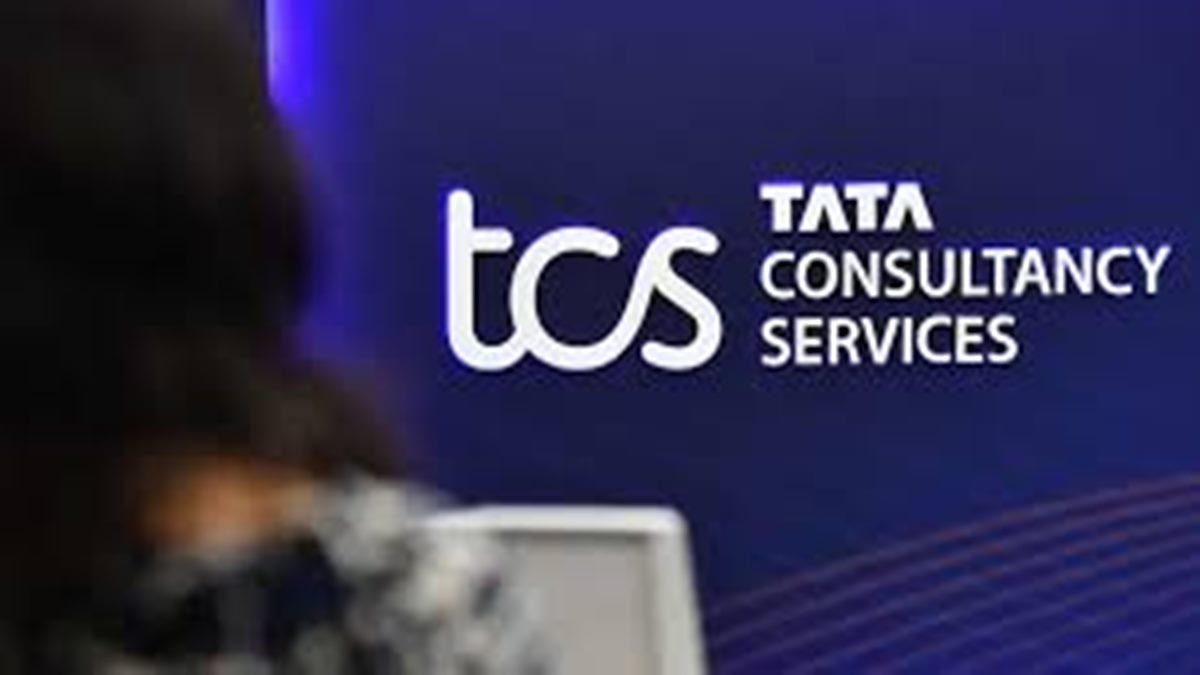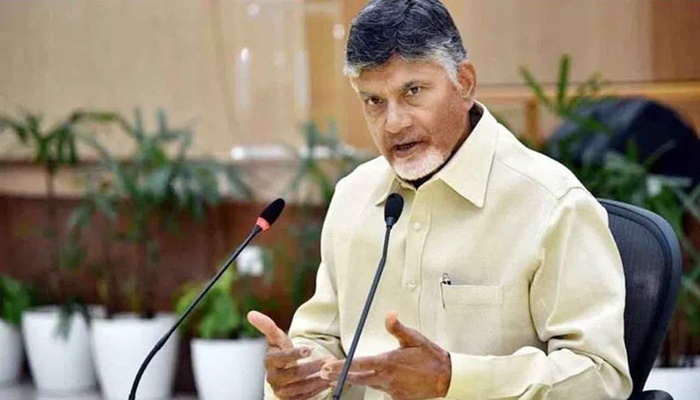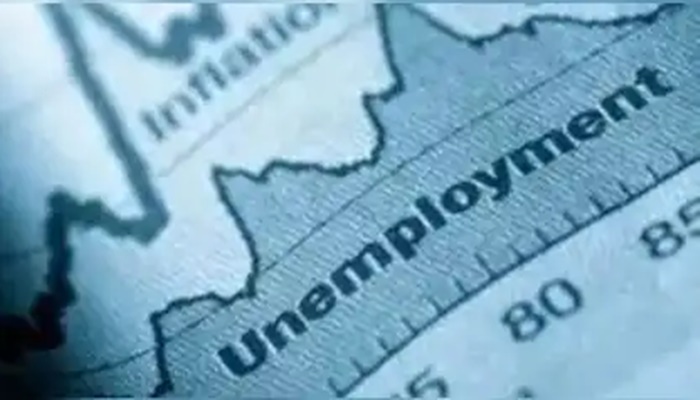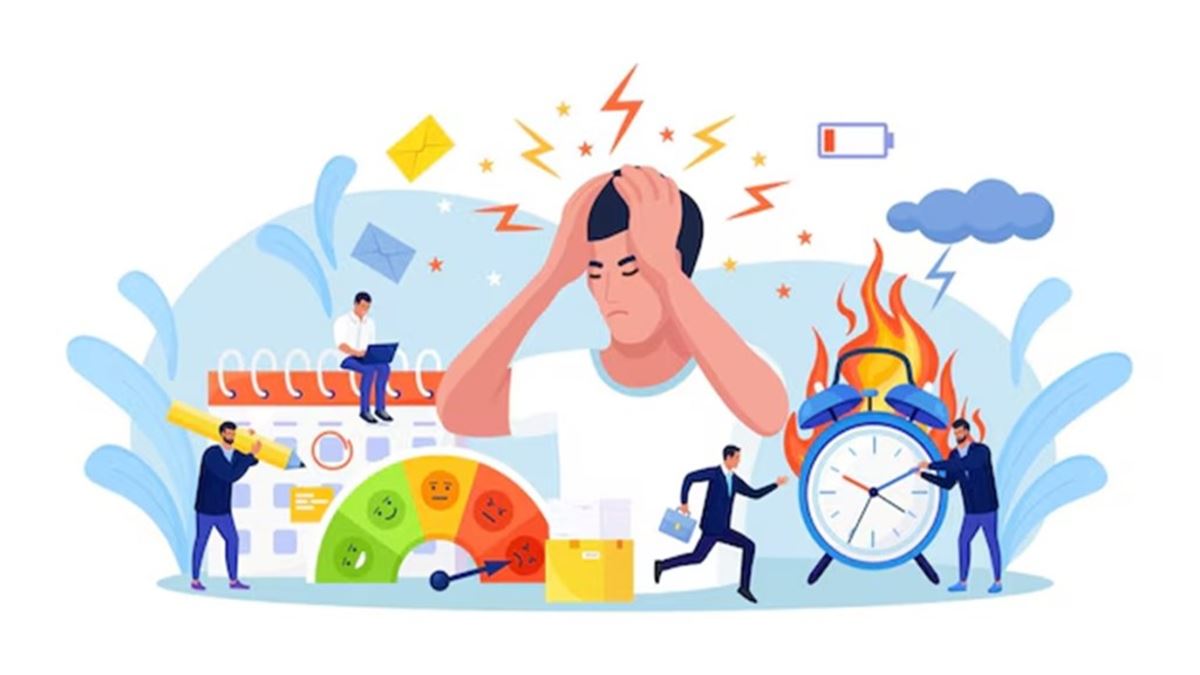Why Are Recruiters Burning Out in the Age of AI-Driven Hiring?
The hiring ecosystem has evolved rapidly. Application volumes are at an all-time high, response cycles have shrunk, and candidate accessibility is no longer a challenge. In fact, it’s never been easier to apply to dozens of jobs with a few clicks.
And yet, recruiters are burning out.
What was once a strategic function — matching the right talent with the right role — is now increasingly reactive. Recruiters are spending more time screening out than selecting in. The volume has gone up, but so has the noise.
Every recruiter knows the drill:
- Hundreds of applications in hours
- 80% irrelevant
- 10% templated or spam
- And somewhere, in the remaining 10%, a few real opportunities — buried
This is not a people’s issue. It’s a system design flaw.
Why This Is Happening
We often frame hiring inefficiency as a technology gap. However, the deeper issue is system design — the way tools are structured around metrics like application numbers, rather than decision-making outcomes.
AI has democratised access for candidates, but it has also unintentionally removed barriers that once signalled intent. Autogenerated resumes, one-click apply buttons, and third-party application push tools have led to application inflation — more candidates in the funnel, but not more qualified ones.
The result is that recruiters are inundated with profiles that are technically plausible but contextually irrelevant. Experience doesn’t match role maturity. Location preferences are ignored. Skills align only at the surface level. In this model, speed has replaced relevance.
The Operational Impact of Low-Quality High-Volume Funnels
What looks like hiring efficiency on a dashboard often masks real-world inefficiency within teams:
- Recruiters are forced into filtering roles instead of value-adding advisory ones
- Hiring managers see more resumes but trust the process less.
- Top candidates fall through the cracks due to decision fatigue.
- Time-to-hire appears longer, even with a higher application inflow.
This is not just a workflow issue. It’s a trust issue. The more friction a recruiter experiences in shortlisting the right candidates, the more likely they are to distrust the top of the funnel entirely, creating delays, workarounds, or overreliance on internal referrals.
What Needs to Change
The industry needs a reframe. Instead of asking, “How do we attract more applications?”
We should ask, “How do we improve the decision quality per application?”
This involves:
- Rethinking screening frameworks to integrate context, not just keywords
- Designing systems that allow recruiters to control application signal thresholds
- Prioritising verification earlier in the process, so trust is built upfront.
- Training AI models to not just match resumes to jobs, but to identify alignment, intent, and long-term suitability.
Most importantly, it means restoring recruiter capacity as a core metric. If the tools we use do not reduce recruiter cognitive load or elevate the quality of their decisions, they are solving the wrong problem.
Looking Ahead
The future of hiring cannot be defined by how many people apply. It will be shaped by how confidently, how quickly, and how fairly we can say yes. Efficiency is not just about reducing time-to-hire. It’s about protecting the integrity of the decision and the energy of the person making it.
If we want hiring to scale — sustainably — the next wave of innovation must put recruiter experience at the centre. Because if they burn out, everything else stalls.
Scaling hiring is no longer about expanding reach — it’s about restoring clarity.
In the race to modernise recruitment, the systems that protect recruiters’ focus, elevate decision quality, and rebalance the funnel toward relevance will define who scales sustainably.
Because in the end, it’s not how fast you fill roles that matters — it’s how confidently you do.




















